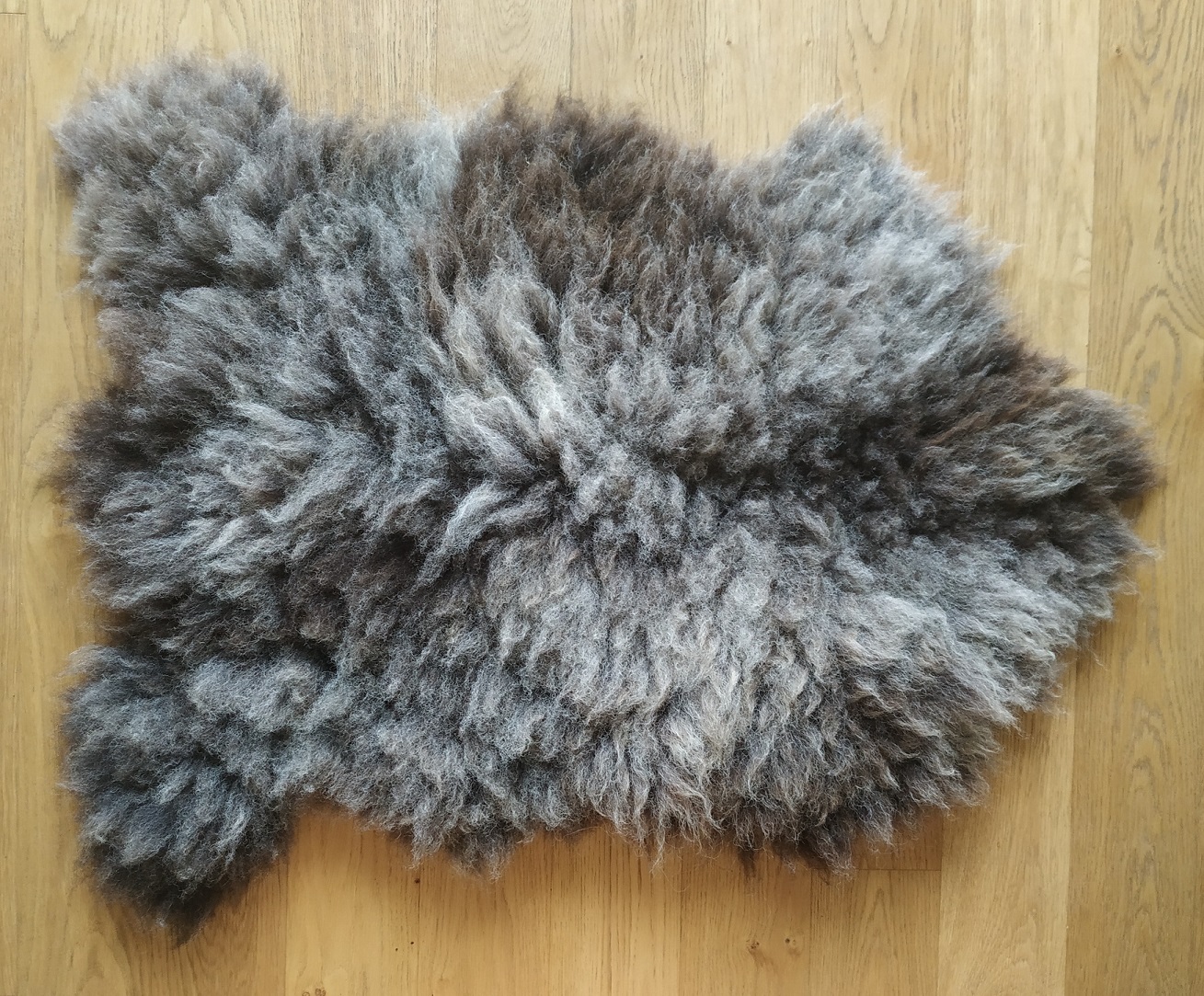[post_grid id=’3917′]
For Sale from our Shop
-
 This Smallholding Life - Book
Rated 5.00 out of 5£8.99
This Smallholding Life - Book
Rated 5.00 out of 5£8.99 -
 how to make a felted fleece rug - face down method
Starting From: £26.25
how to make a felted fleece rug - face down method
Starting From: £26.25
-
 how to make a felted fleece rug - face up method
Starting From: £26.25
how to make a felted fleece rug - face up method
Starting From: £26.25
-
 Dogs Talk
£8.99
Dogs Talk
£8.99
-
 Felted Fleece Workshop
£175.00
Felted Fleece Workshop
£175.00
